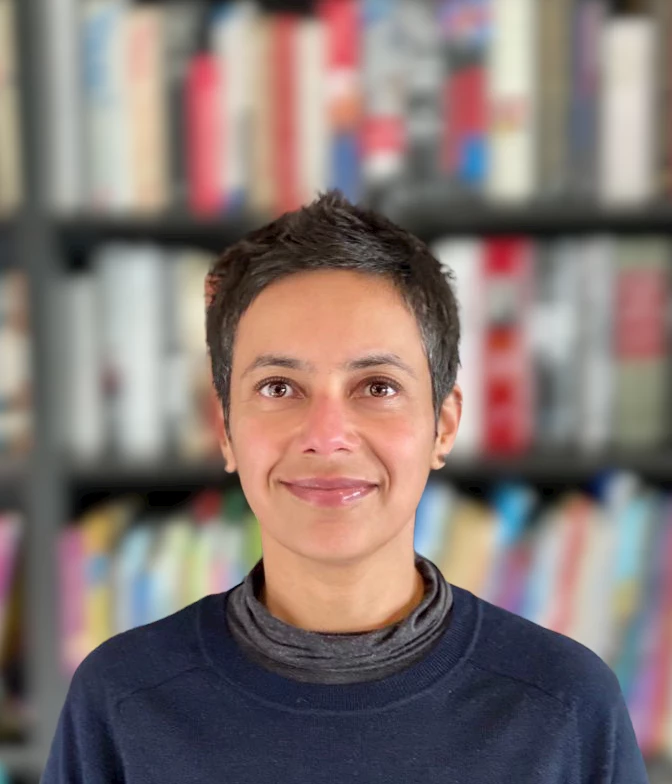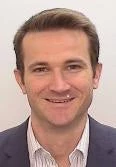

One of the most common challenges in economic development is collecting comparable data. The information age is changing that as the diffusion of information technology meets changes in institutional attitudes toward data sharing. New capabilities are meeting old capabilities on our desktop computers and it is leading to some bright ideas in how to measure and evaluate economic development.
The first that comes to mind is nighttime lights imagery – colloquially referred to as nightlight data. Nightlight refers to light resulting from human activity visible from outer space at night. Astronomers call it light pollution. This is pretty accurate since nightlight is the waste by-product when humans use of energy that is emitted or reflected straight up into the sky – these could be city lights, car headlights, fires, etc.
In the mid-1960s, the US Air Force launched a satellite program to gather daily information on worldwide cloud coverage through a technique called remote sensing. These space-based cameras collect data on energy emitted or reflected from the surface of the Earth, across the range of the electromagnetic spectrum to create pictures and maps of this energy surface. They found that the sensors captured nighttime light emissions beautifully and first shared the data with the public in 1972. Incredibly, that is the old capability. In fact, it is probably older than most people reading this post. The twist came when they digitized the data from 1992 and made it freely available.
Since then, the number of satellites collecting data has increased significantly. However, because space travel is expensive and the laws of physics unbreakable, each satellite mission must make trade-offs about what information it collects. Usually the choice is between different types of resolution – temporal (time elapsed for the satellite to snap an image of the same location), spatial (the size of the pixel of the satellite image), spectral (the width of the wavelength interval and the number of bands recoded by a sensor), and radiometric (sensitivity of a sensor to brightness). In order to filter out differences between city lights, gas flares, wildfires and reflected moonlight, analysts must look at the spectral and radiometric values. The latest sensor, the Visible Infrared Imaging Radiometer Suite (VIIRS), uses improved technologies to capture much higher-quality images. As the number of satellites increased, and the information democratized, more and more people were able to create useful innovations for the data.
Nightlight data is no exception. A 2012 paper, published in the American Economic Review, illustrates that aggregate brightness during nighttime, as seen from outer space, was an excellent indicator of economic activity. This insight is based on a study of night lights and GDP data from 188 countries between the early 1990s and the mid-2000s. Other analysts using different resolutions and thresholds and comparing them with other spatial information found it is possible to differentiate between urban and rural regions - NASA’s Bright Lights, Big City project uses composite satellite images to understand the growth of urbanization. Light intensity data could also be used to analyze aid effectiveness. On-going research in the Bank’s South Asia unit uses night lights data that clearly indicates how overall urban land use is increasing over time – not only are Indian cities growing in size, but the intensity of activity within certain urban regions (such as Coimbatore) is growing as well. In fact, the areas registering the fastest rates of growth are those in close proximity to existing cities – Delhi, Hyderabad, Lahore, Mumbai etc.
The range of spatial data extends well beyond images taken at night, holding additional promise for economic analysis and policy making. Daytime images can identify the spatial pattern of residential areas compared to commercial or industrial ones and how these are evolving over time. These images provide information on transport (roads, railways, ports, etc.) and power infrastructure (street lights, electrical poles, high-voltage power lines, etc). Space-borne Radar and airborne Laser techniques map elevation, building heights, and water levels in reservoirs.
It isn’t just satellites that are generating economically useful data. We are too. Big Data analysts used cellphone data to analyze transport routes in Africa. A range of other spatial and statistical tools makes it easier to describe, measure and monitor the effect of policy on urban and rural economic development. This interactive story on New York – and the effect of Michael Bloomberg’s policies on the urban landscape – is one example.
For the developing world, these innovations can help policy makers overcome severe data limitations in their ability to monitor development and natural resource use. This is particularly true in African countries, where official figures might understate growth, given that much economic activity is informal and therefore absent in national statistics. These techniques, long used in environmental sciences, geography and regional planning, could help policy-makers better visualize what changes are taking place, where and at what pace – and, in many cases help explain the ‘why’, in a way that informs better policies. Countries can access information to manage resources far from national headquarters, in remote areas, or sparsely populated areas, or offshore exclusive economic zones where spatial data can be used, to detect fishing patterns, or to prioritize investments in infrastructure.
These techniques are hardly infallible and come with their own limitations – high-resolution images are far from cheap and require highly-skilled technicians to make sense of spatial data. Much of it comes with implications for privacy. However, these challenges are surmountable with the right attention to detail.
The Bank’s upcoming program on spatial development of African cities proposes to use these techniques to understand better the scale and speed of urbanization in Africa. Overall, these innovations bode well for improving our understanding of the world’s dynamic and multifaceted economic geography. More importantly, they provide developing countries the tools to end poverty by measuring growth and its impact, managing precious natural resources and infrastructure, and ultimately helping prioritize investments. It is an exciting time to be working on these issues and there’s much more learning and innovation ahead. Stay tuned.
Nigeria Population Density: prepared by Ana I. Aguilera using Afripop (2010) data.
Nigeria Nighlights: Image and data processing by NOAA's National Geophysical Data Center. DMSP data collected by the United States Air Force Weather Agency. Data assistance: Alexei Abrahams



Join the Conversation